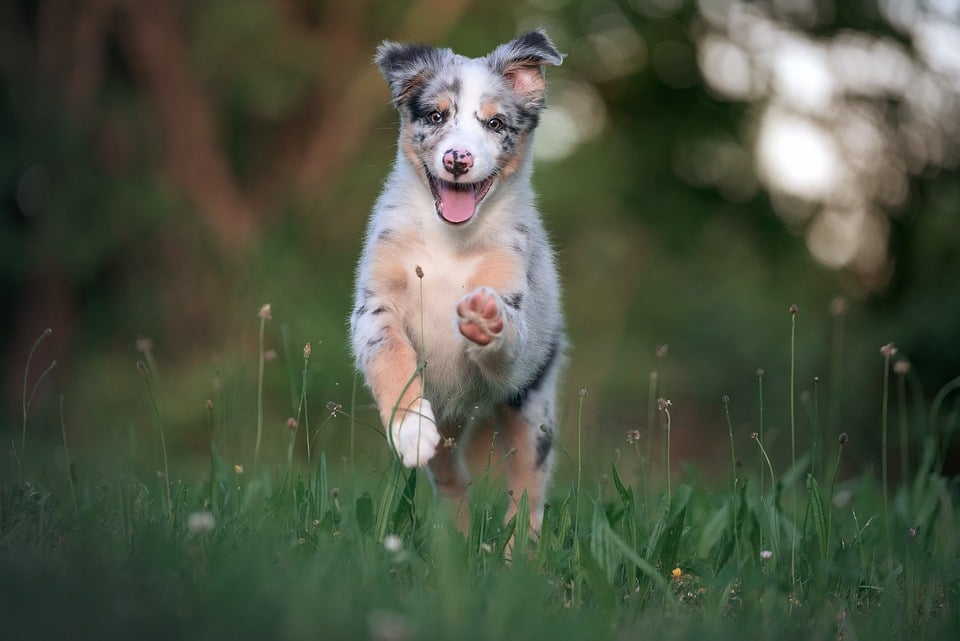Introduction
Crate training is a valuable tool for dog owners, providing a safe and comfortable space for their furry friends. However, it is essential to establish a positive association with crate training to ensure that dogs view it as a positive experience rather than a source of stress or confinement. In this article, we will explore the necessary steps to create a positive environment for crate training, build positive associations, encourage independent crate use, overcome challenges and common concerns, and address frequently asked questions.
Understanding the Necessity of Crate Training
Crate training serves several purposes, including providing a secure space for dogs, aiding in housebreaking, preventing destructive behavior, and facilitating travel. By understanding these benefits, dog owners can appreciate the importance of crate training and approach it with a positive mindset.
Creating a Positive Environment
Choosing the Right Crate: It is crucial to select a crate that is appropriate for the dog’s size, allowing them to stand, turn, and lie down comfortably. Whether choosing a wire crate or a plastic one, ensuring proper ventilation and durability is essential.
Placement and Comfort: Placing the crate in a quiet and accessible area of the house is ideal. Adding bedding and familiar scents, such as the dog’s favorite blanket or toys, can make the crate feel cozy and inviting.
Making the Crate Welcoming: Gradually introducing the dog to the crate and associating it with positive experiences is key. Leaving the crate door open initially and placing treats or toys inside can help create a positive association with the crate.
Building Positive Associations
Introducing the Crate Gradually: Dogs should be introduced to the crate gradually, allowing them to explore it at their own pace. It is important not to force the dog into the crate but rather let them approach it voluntarily.
Using Treats and Rewards: Positive reinforcement techniques, such as rewarding the dog with treats or praise when they enter the crate, can help create a positive association. Associating the crate with enjoyable activities, such as feeding or playtime, can also contribute to the dog’s positive perception of the crate.
Implementing Positive Reinforcement Techniques: Consistency and patience are vital when implementing positive reinforcement techniques. Rewarding desired behaviors, such as entering the crate or staying calm inside, can help reinforce positive associations.
Encouraging Independent Crate Use
Leaving the Door Open: Leaving the crate door open when the dog is not confined can help them view the crate as a safe space that they can access freely. This allows the dog to enter and exit the crate at their own will, promoting independent use.
Gradually Increasing Crate Time: Once the dog is comfortable entering the crate voluntarily, gradually increasing the amount of time they spend inside can help them adapt to longer periods of confinement. This process should be done gradually, ensuring the dog feels secure and calm throughout.
Using Crate Training for Calmness and Relaxation: Crate training can be utilized to encourage calmness and relaxation in dogs. By associating the crate with quiet time and providing calming activities, such as puzzle toys or chew treats, dogs can learn to relax and enjoy their time inside the crate.
Overcoming Challenges and Common Concerns
My Dog Cries or Whines in the Crate: Crying or whining is a common reaction from dogs initially placed in a crate. It is important not to give in to their demands, as this may reinforce the behavior. Instead, gradually increase crate time and provide comforting items, such as a blanket with the owner’s scent, to help ease anxiety.
My Dog Eliminates in the Crate: Dogs may eliminate in the crate if they have not been properly housebroken or if the crate is too large, allowing them to create a separate elimination area. Ensuring regular bathroom breaks, properly sizing the crate, and using positive reinforcement techniques for housebreaking can help overcome this challenge.
My Dog Refuses to Enter the Crate: If a dog refuses to enter the crate, it is crucial to go back to the basics and reintroduce the crate gradually. Using treats, toys, and positive reinforcement techniques can help create a positive association and encourage the dog to willingly enter the crate.
Frequently Asked Questions (FAQs)
Q1: Can crate training be used for adult dogs?
A: Yes, crate training can be beneficial for adult dogs to provide a safe and comfortable space.
Q2: How long should I leave my dog in the crate?
A: The duration of crate time depends on the dog’s age, breed, and individual needs. It is important to gradually increase crate time while ensuring the dog’s comfort and well-being.
Q3: Should I use a crate if my dog has separation anxiety?
A: Crate training can be helpful for dogs with separation anxiety, as it provides them with a secure and familiar environment. However, it is essential to address the underlying anxiety through behavior modification and professional guidance.
Q4: Is crate training suitable for all dog breeds?
A: Crate training can be beneficial for most dog breeds. However, individual temperament, size, and specific needs should be taken into consideration when implementing crate training.
Q5: Can I leave my dog in the crate overnight while I sleep?
A: Leaving a dog in the crate overnight can be appropriate once they are comfortable and capable of holding their bladder for the required duration. It is important to provide regular bathroom breaks and ensure a comfortable sleeping environment.
Conclusion
Establishing a positive association with crate training is crucial for the well-being and comfort of dogs. By understanding the necessity of crate training, creating a positive environment, building positive associations, encouraging independent crate use, and addressing challenges and concerns, dog owners can ensure a successful and positive crate training experience for their furry friends.









